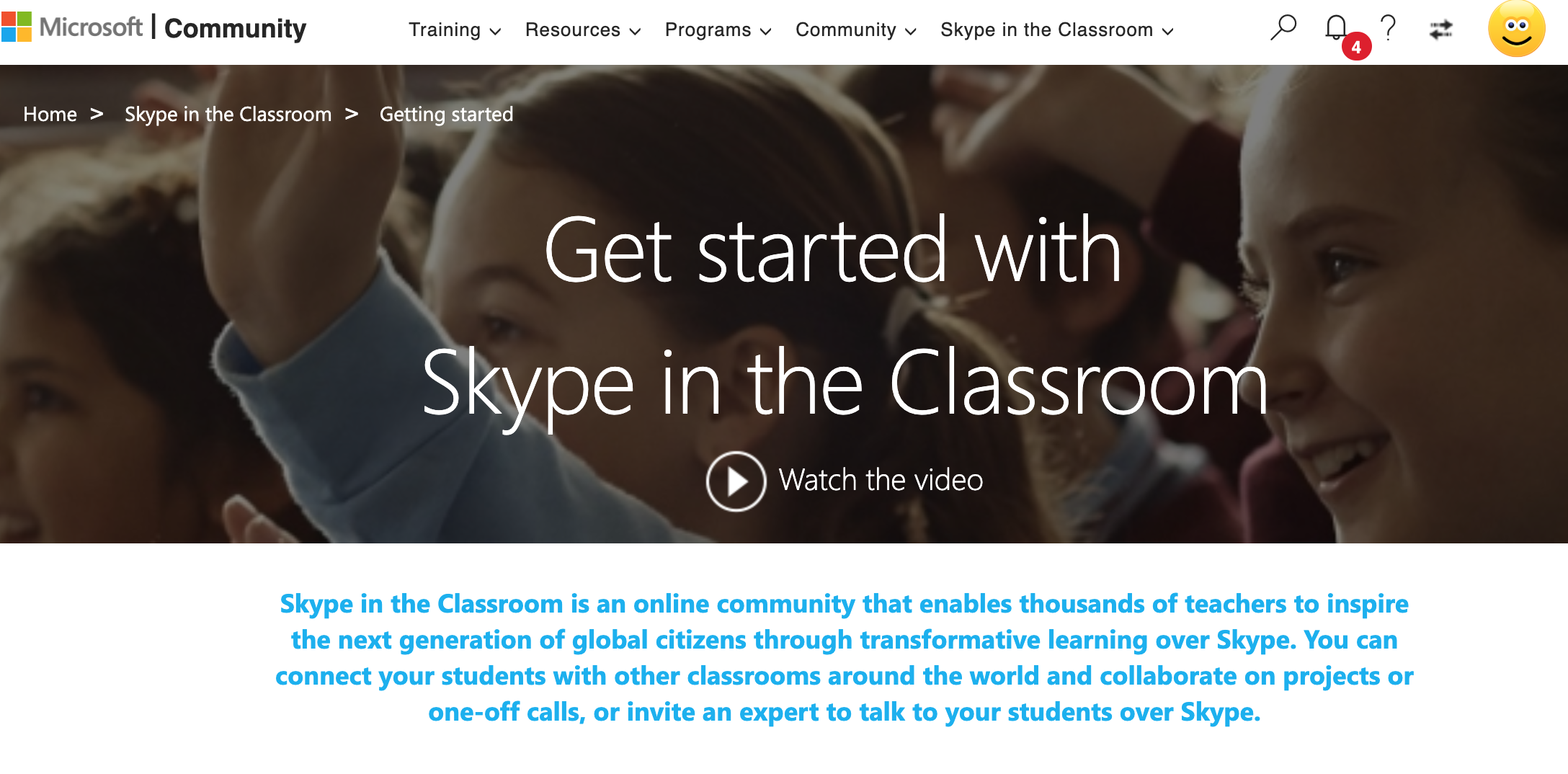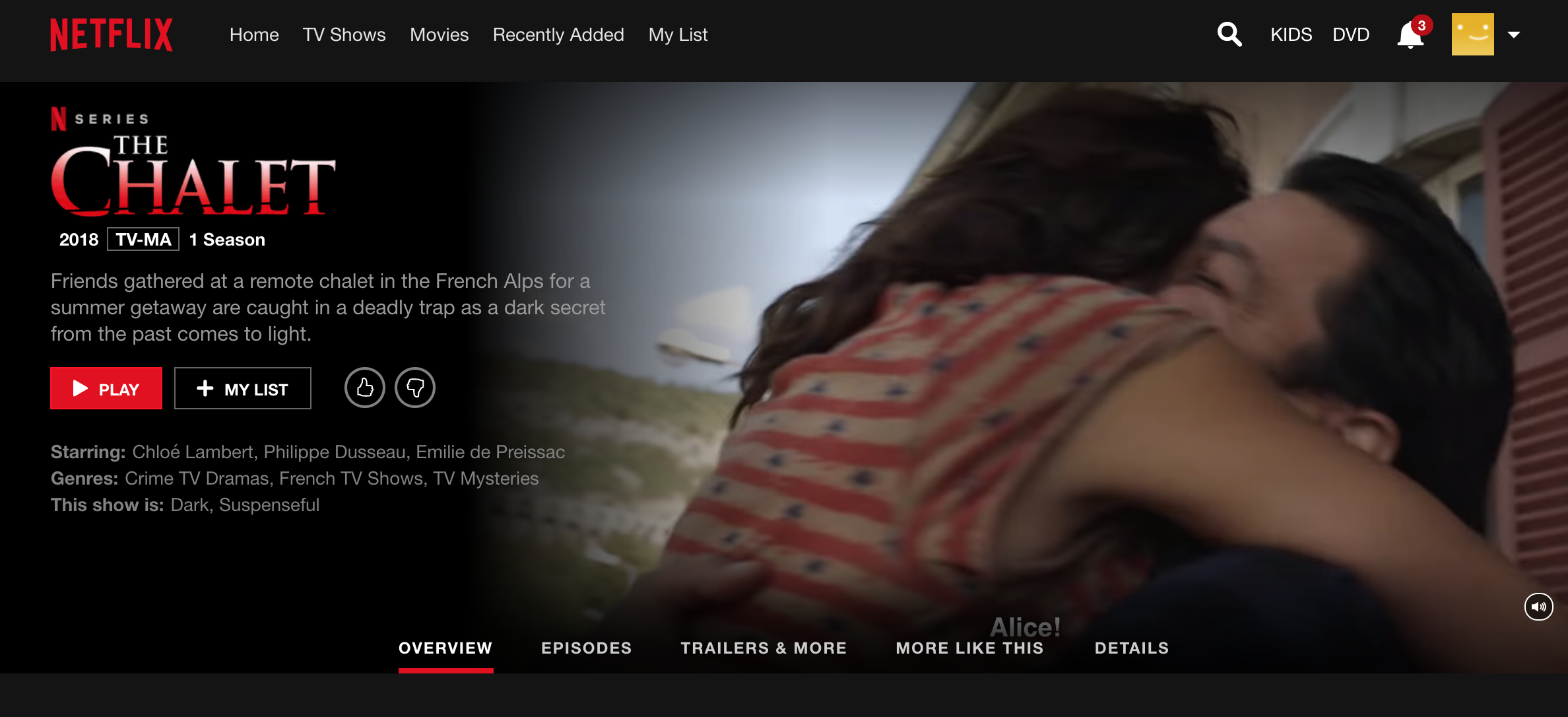Throughout the semester we have learned about many effective tools to use in our future classrooms! The latest tool we’ve been exposed to is Google Hyperdocs. So, what exactly is a Google Hyperdoc? A Google Hyperdoc is a lesson through Google documents which provides students with access to instructions, links, tasks, and other interactive segments, in one document. I have included a video, further explaining what a Google Hyperdoc is, below.
Google Hyperdocs were created as a way to enhance student learning. The generic model of writing lesson plans, teaching lessons one by one, and finishing with a final assessment, is a teacher-focused model which some believe limits learning. Check out this blog I found, “How Hyperdocs Can Transform Your Teaching“, for some examples of how this teacher-directed model can limit student learning!
The blog also lists some of the benefits of hyperdocs:
- Fewer lectures: removes the need for direct instruction from the teacher
- Greater face-to-face interactions: frees teachers up for more individual, one-on-one, time with students who need it
- Flexibility: if a part of the lesson isn’t working, it can be immediately changed
- Multimodal opportunities: allows for the inclusion of all sorts of multimedia
- Privacy: a teacher can customize a Hyperdoc, for a student who needs it, without anyone else needing to know
Personally, I found the Google Hyperdoc, provided by Professor Wendt, to be very easy to navigate. I would absolutely use this feature in my future classrooms!
I’ve included a video, below, for anyone interested in learning how to create a Google Hyperdoc of their own.
However, if videos aren’t your thing, I have also included a link to an example of a template incorporating Hyperdocs into en English lesson!




